ART CITIES: Berlin Young Fresh Different Berlin 2024
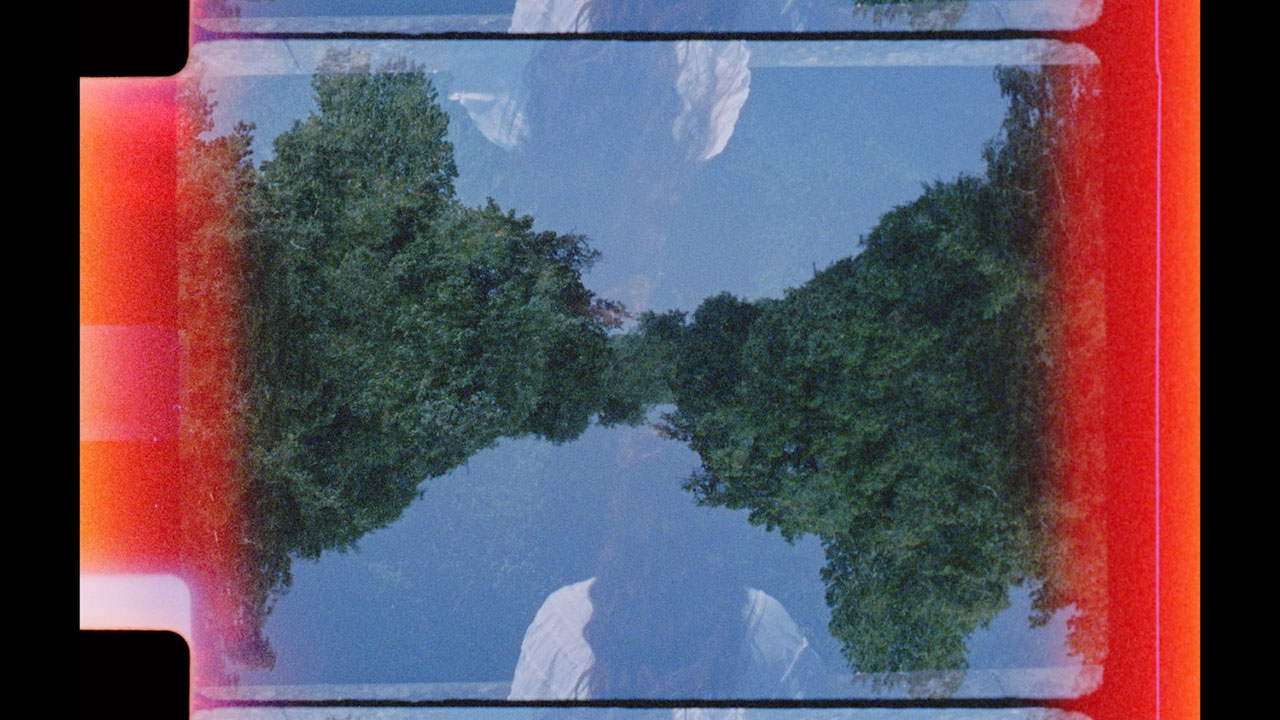 With the series of exhibitions “Young, Fresh, Different (YFD)” format, Zilberman Gallery has been promoting emerging artists at its Istanbul location since 2010, giving them the opportunity to present a work in the professional environment of a gallery through a public call for submissions. The exhibition aims to give young artists more visibility in the art scene and to open a dialogue between them and a gallery.
With the series of exhibitions “Young, Fresh, Different (YFD)” format, Zilberman Gallery has been promoting emerging artists at its Istanbul location since 2010, giving them the opportunity to present a work in the professional environment of a gallery through a public call for submissions. The exhibition aims to give young artists more visibility in the art scene and to open a dialogue between them and a gallery.
By Dimitris Lempesis
Photo: Zilberman Gallery Archve
The exhibition “Young Fresh Different Berlin 2024: You say I have unlimited potential. I disagree” is dedicated to the subject of potentiality. Derived from the Latin potentia (translated: ability, strength), the word describes the quality of an object or a person to have potential. Potentials are possibilities. Often existing yet unutilised possibilities or strengths awaiting realization. Within the realm of art, potentiality initially manifests itself as a driving force, a dynamic energy that drives creative exploration and innovation: In their search for new talent, gallerists and collectors weigh up the potential of emerging artists. New, unusual places and spaces for art are discovered, created and expanded. Artists explore the potentials of different materials and test the boundaries of traditional art genres. But they don’t stop there; they also work with what is perceived as having no potential – the unusable, the forgotten, the overlooked – and constantly renegotiate what that means. Take, for example, Agnes Denes’ “Wheatfield – A Confrontation”, for which the artist transformed a former landfill into a wheat field in the center of Manhattan, New York City. But all that glitters is not gold. At a time when concepts of potentiality are being exposed as neoliberal mental constructs of the privileged, and the dark side of self-optimization is becoming more apparent through social media, the idea of unlimited potential seems to have lost its shine. Given these ambivalent approaches, we ask: How does potential take shape when we think of the new, the different, or the unfamiliar? What potential lies in overlapping materials, media or alternative approaches that defy clear categorization? What potential do private spaces (such as galleries) have in comparison to public institutions? The title You say I have unlimited potential. I disagree questions, in a gesture of resistance, the presumed premise of an allegedly limitless potential that extends to different areas of life, such as work or health. Danilo Andrés is a dancer/choreographer and visual artist based in Berlin. Their work in visual, sonic and performance art has always been interrelated by incorporating multiple forms of media, such as sculptural headpieces, costumes, and video. Depressed robots, foolish AIs, autonomous cigarettes – these are the protagonists of Elisa Jule Braun’s videos and installations. Their settings: urban and rural living environments, more or less structured by digital technologies. And as it is in networks, something is always being transmitted: data, rituals, language, mood, movements or power, always including their interferences. Using means of visual anthropology, Braun dissects conflicts that lie in the tension between globalized capital and local reality. With unproductive machines such as vacuum cleaners, drones and trolleys brought to life, and in semi-documentary fables that sketch a Swabian science fiction, Braun’s works analyze the world in a a playful, conceptual way. Dialect meets dialectic, tradition meets technology, and hauntology meets hegemony. Yuni (Hoa Yun) Chung is a visual artist based in Berlin, works with object, drawing, performance, video, sound and text. She studied literature and visual arts in South Korea, and currently a student at MA Raumstrategien in Weißensee Kunsthochschule. In her practice, she uses metaphors to create a space where multiple media and different social contexts are interwoven, revealing the structural violence without replicating it. Pavlos Ioannides is a visual artist from Nicosia, Cyprus. His works express movement, rhythm and time on canvas in multiple techniques such as oil painting, chalk and photography. Ioannides‘ queer perspective on the political and social division of his home in Cyprus, clash with his longing for ultimate boundlessness and freedom. Lukas Liese was born in Munich in 1991. He has lived and worked in Berlin since 2010. He studied sculpture at the Kunsthochschule Berlin Weißensee and at the University of Minnesota in Minneapolis. In 2019 he graduated as a “Meisterschüler” of Prof. Else Gabriel and has been working as an artist since then. He has participated in numerous group and solo exhibitions. Among others, in the Uferhallen Berlin, Bärenzwinger Berlin, Kunstmuseum Heidenheim, Warte für Kunst in Kassel or Galerie Mazzoli Berlin Luka Naujoks’s artistic work focuses on photography. With her own logical understanding, she traces the expanding and limiting conditions of this medium by integrating painterly and installation aspects. On a theoretical level, she deals with the opposites of collectivity and individuality, originality and reproduction, as well as transcription and transmission. Marlies Pahlenberg, lives and works in Berlin. After studying Spanish language and literature in Madrid and Havana, she studied fine art and sculpture at the Weißensee School of Art in Berlin until 2023 and graduated as a master student. Most recently published: “Büro” (in “Poesie / Poetry” Kunsthochschule Weißensee 2023). Leniko Sennoma’s main artistic mediums are film and installation, her work explores the boundaries between reality and dream, with a focus on social justice and intersectional feminism. She combine techniques of lucid dreaming and archetypical symbolism to question the status quo of information society. Their art is an ongoing search for possibilities of collective liberation, the dismantling of systemic oppression, and the creation of political collaboration. By developing an audiovisual-metaphorical language that works with the synchresis of image, sound, and material aesthetics, they create hypnotic environments that appear simultaneously gentle and eerie. Influenced by their studies in epistemology, theoretical, feministic, analytical philosophy and film theory, their works play with the consciousness of the viewer, generating a broad spectrum of associations, emotions and contrasts. Ryke Turin’s work is primarily located at the interface between textile art and painting. Born in 1990 in Bernau b. Berlin, she initially studied fashion design at the Berlin-Weissensee School of Art. During a semester abroad at NSCAD (Nova Scotia College of Art and Design, Halifax, Canada) she learned the craft of weaving, which from then on played an increasingly larger role in her artistic work. In the field of fashion design, she has already worked with the diversity of textile surfaces and explored them through manipulation. After completing her studies, the artist moved away from fashion and ever since is seeking to decouple the textile fabric from its original purpose and to make visible its underlying highly complex architecture. This happens by partially coloring the threads and by using different weaving techniques. The almost object-like paintings are therefore both complex studies of color and of surface.
Participating Artists: Danilo Andrés, Elisa Jule Braun, Yuni (Hoa Yun) Chung, Abie Franklin, Pavlos Ioannides, Lukas Liese, Luka Naujoks, Marlies Pahlenberg, Leniko Sennoma, Ryke Turin, Zhiyuan Yang
Photo: Leniko Sennoma, ‘Tagträume (Daydreams)’, 16 mm and super 16mm analog film, installation 2 film reels, 3 minutes (each), 2024, Courtesy the artist and Zilberman Gallery
Info: Zilberman Gallery, Schlüterstraße 45, Berlin, Germany, Duration: 19/7-24/8/2024, Days & Hours: Tue-Sat 11:00-18:00, www.zilbermangallery.com/

Right: Danilo Andrés, ‘BICHO RARO’, Video installation, 2023, Courtesy the artist and Zilberman Gallery
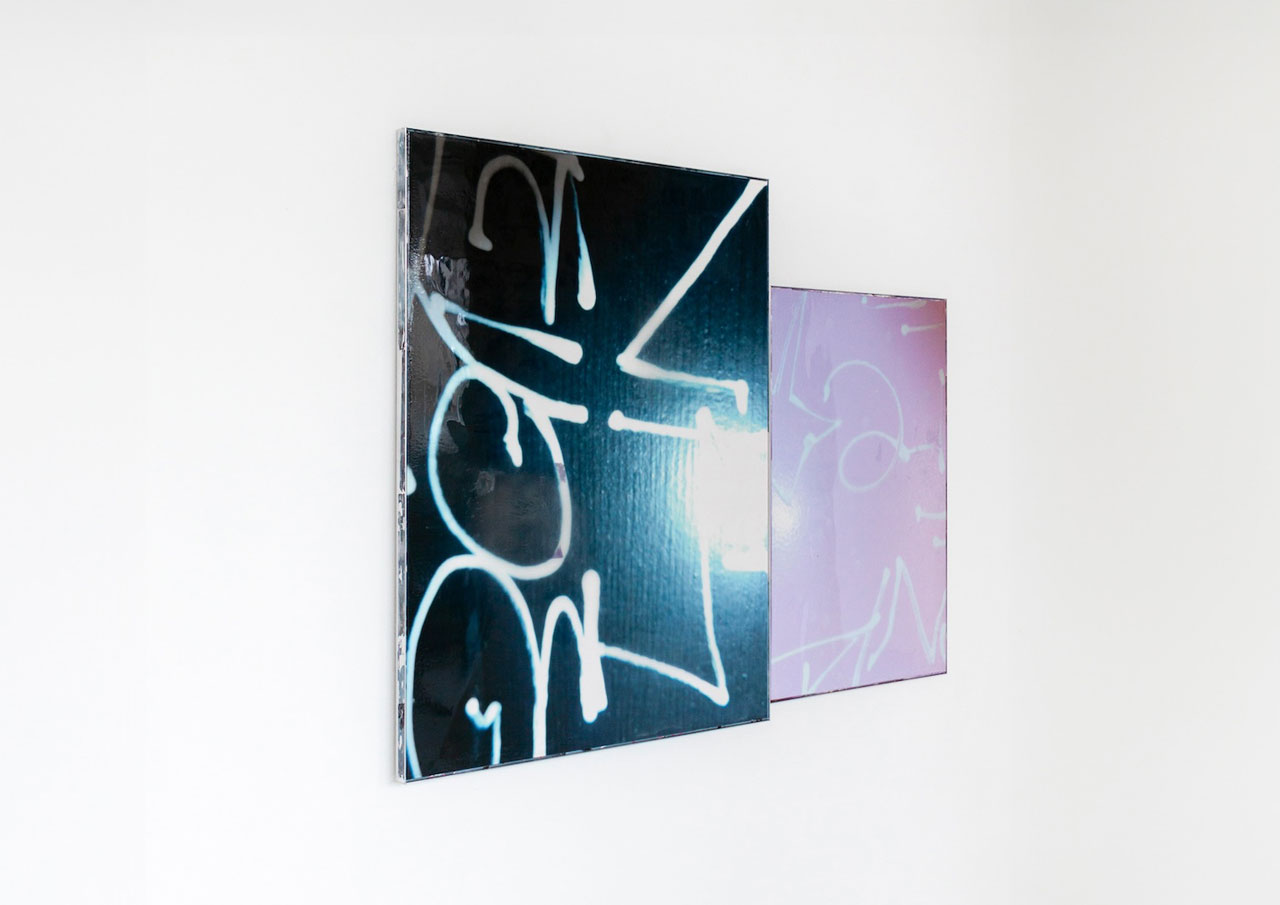
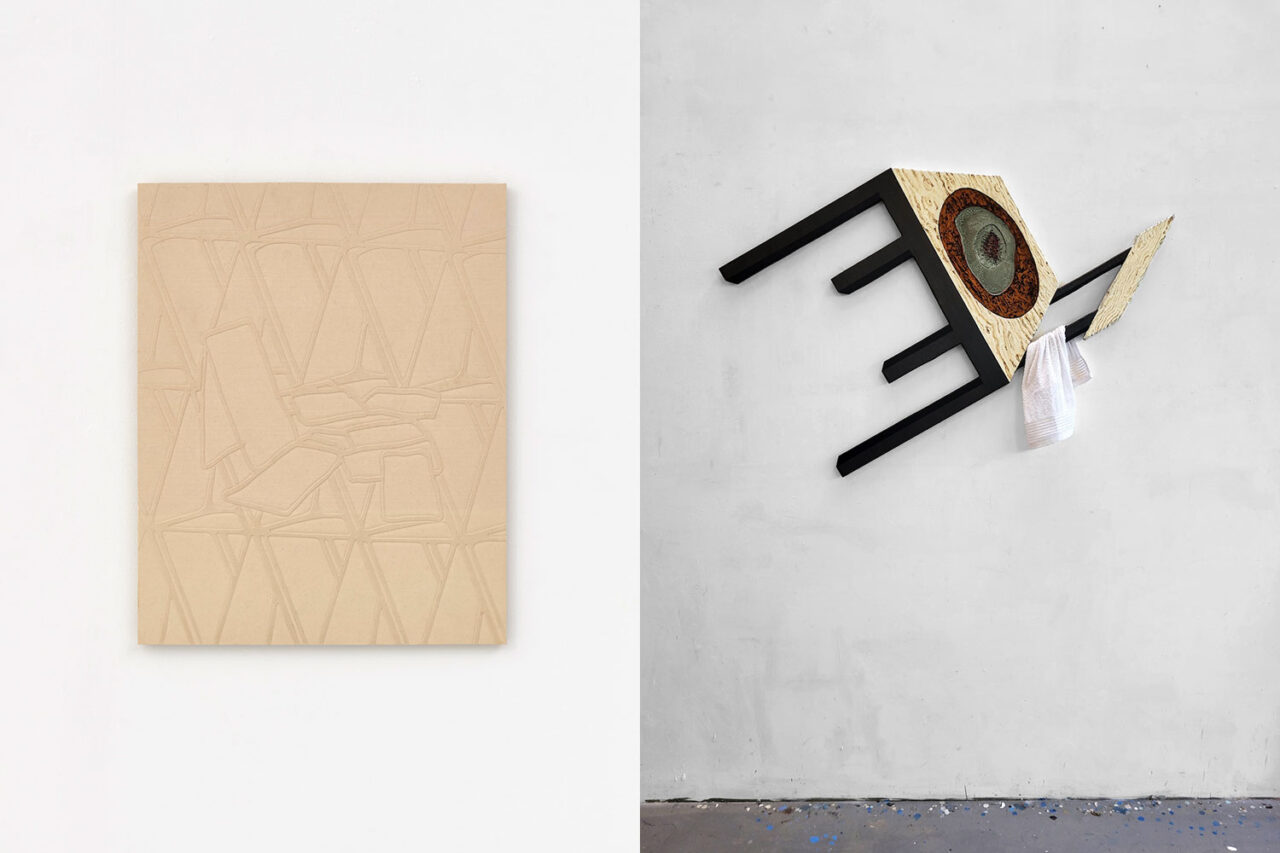
Right: Abie Franklin, ‘tipping armsrest’, Coffee, laquer, iron pigments and embroidered towel on wood , ca. 100 x 80 x 5 cm, 2024, Courtesy the artist and Zilberman Gallery
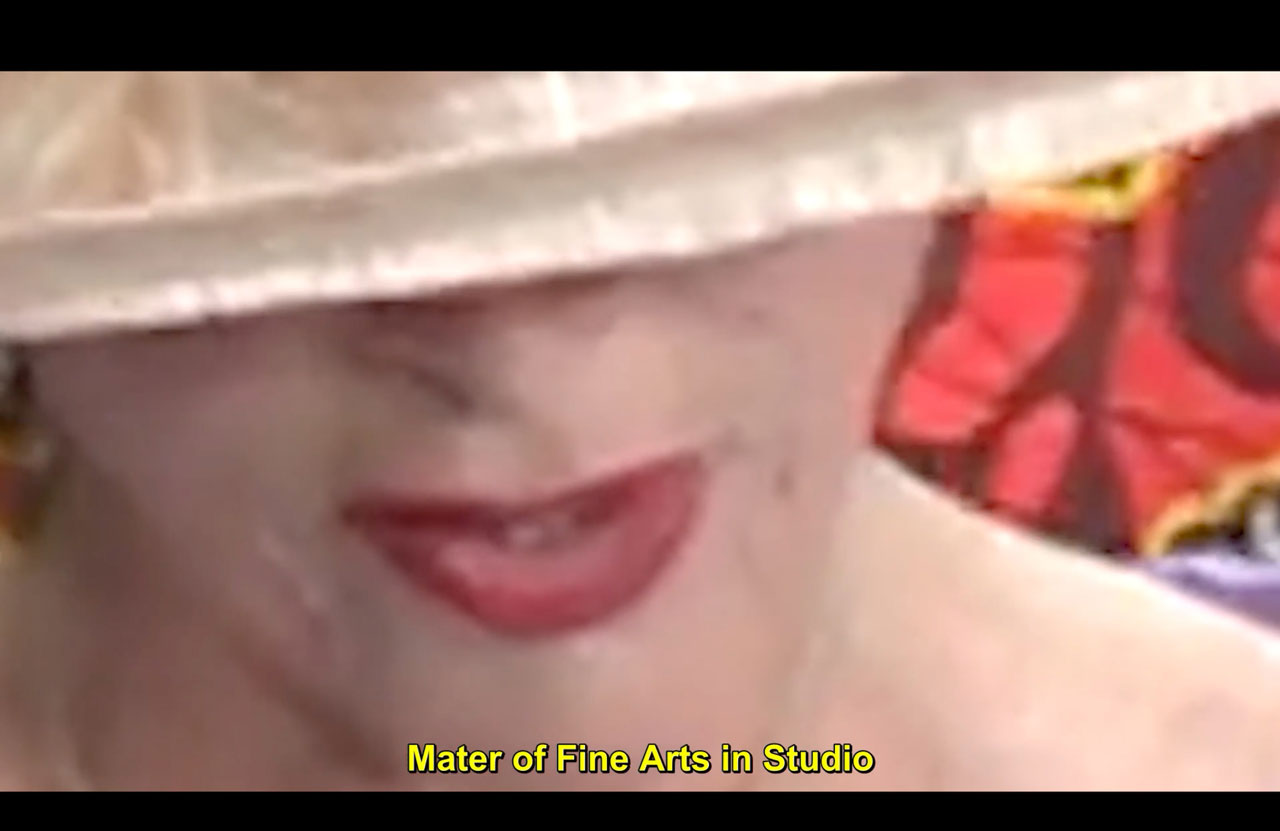
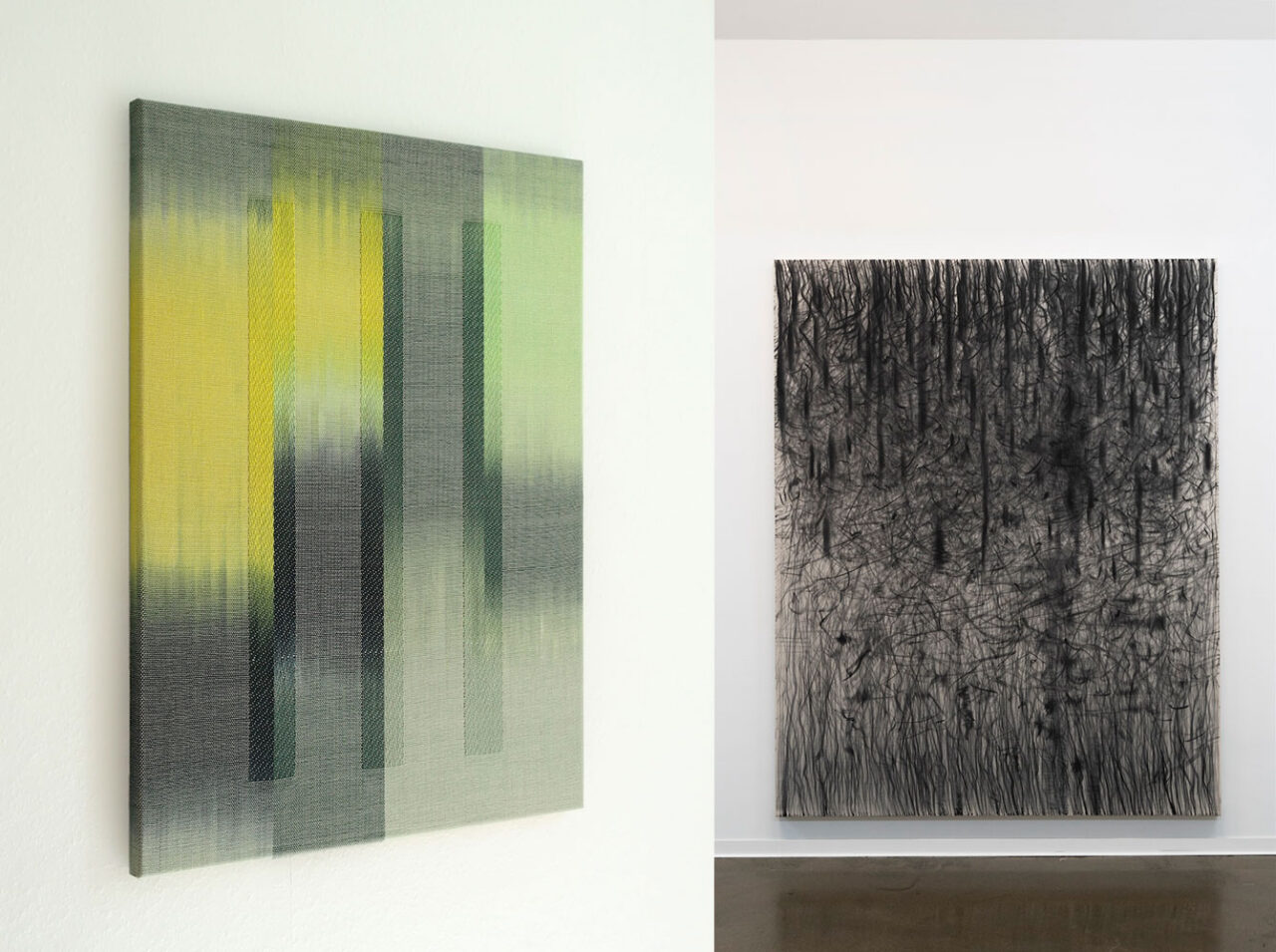
Right: Pavlos Ioannides, ‘Watermelon Tree’, Charcoal on cotton canvas , 160 x 200 cm, 2024, Courtesy the artist and Zilberman Gallery
